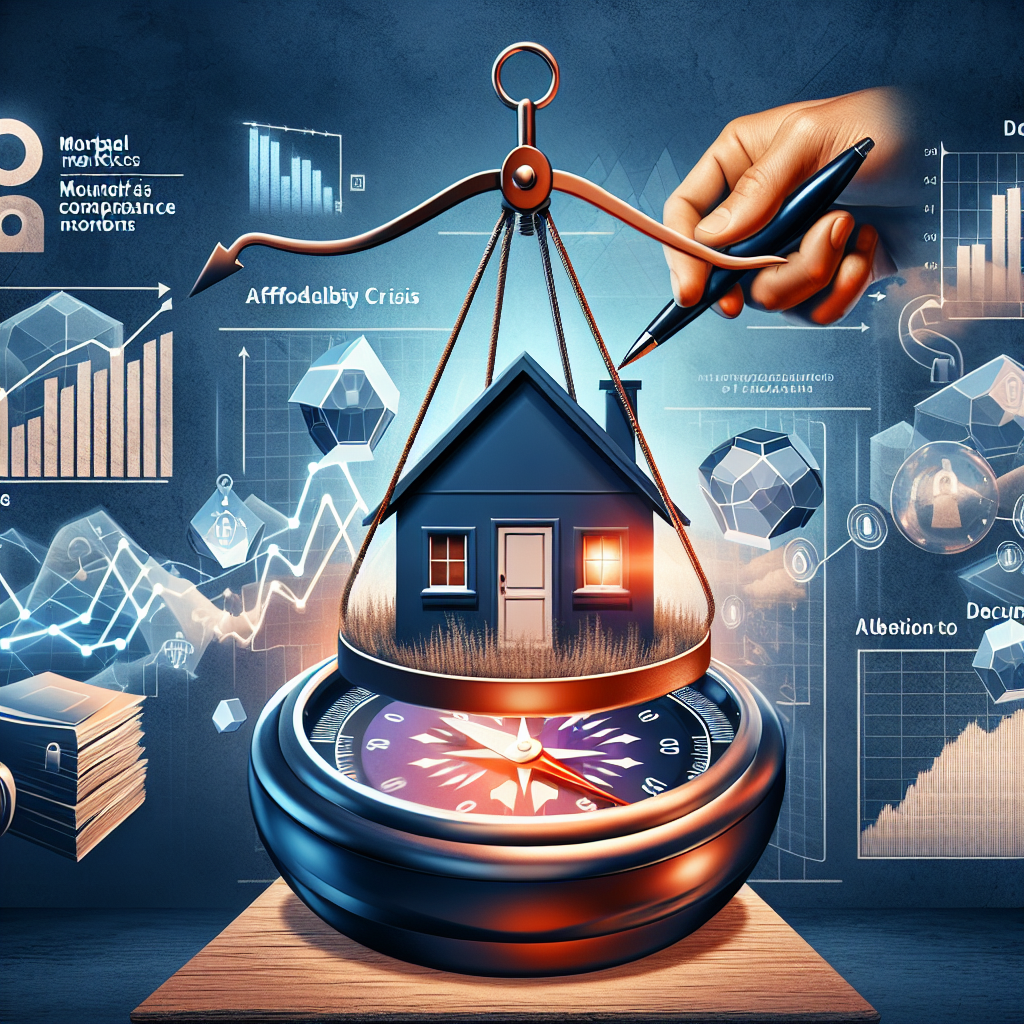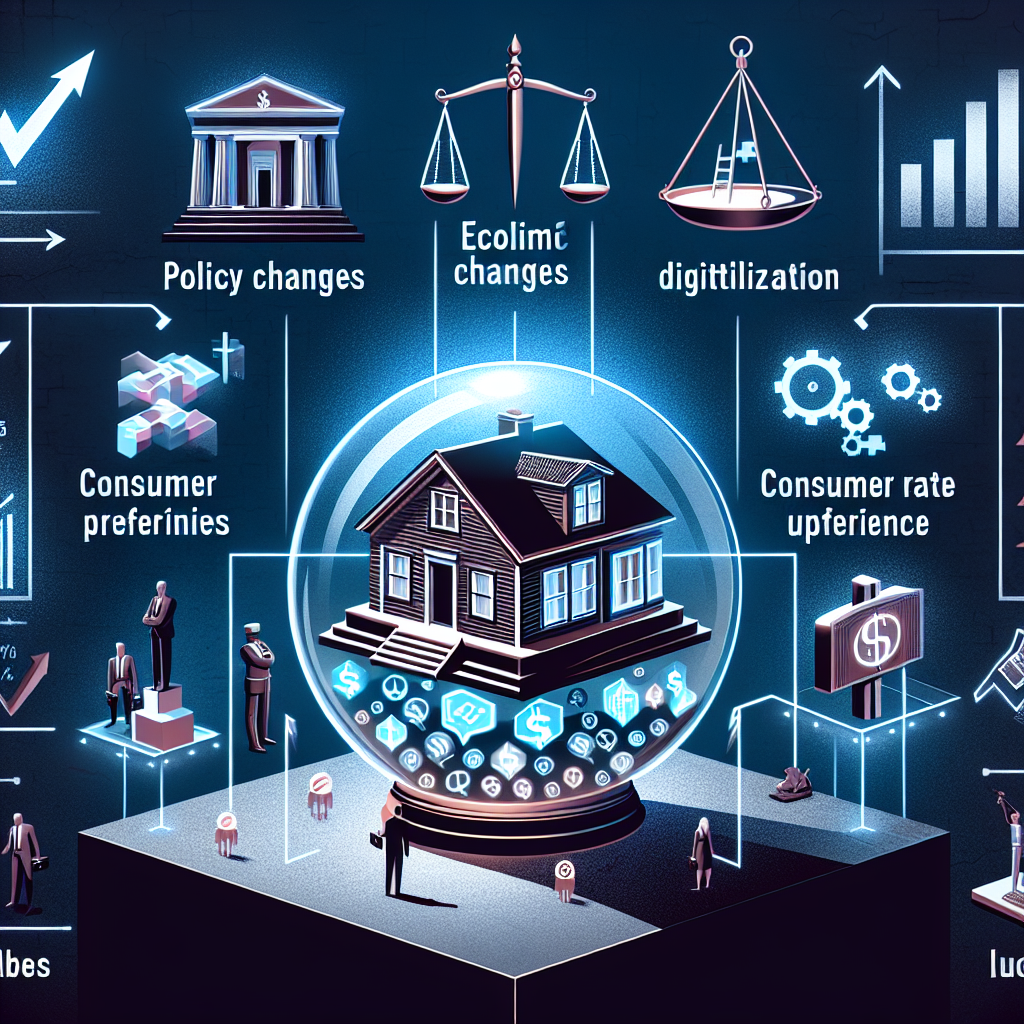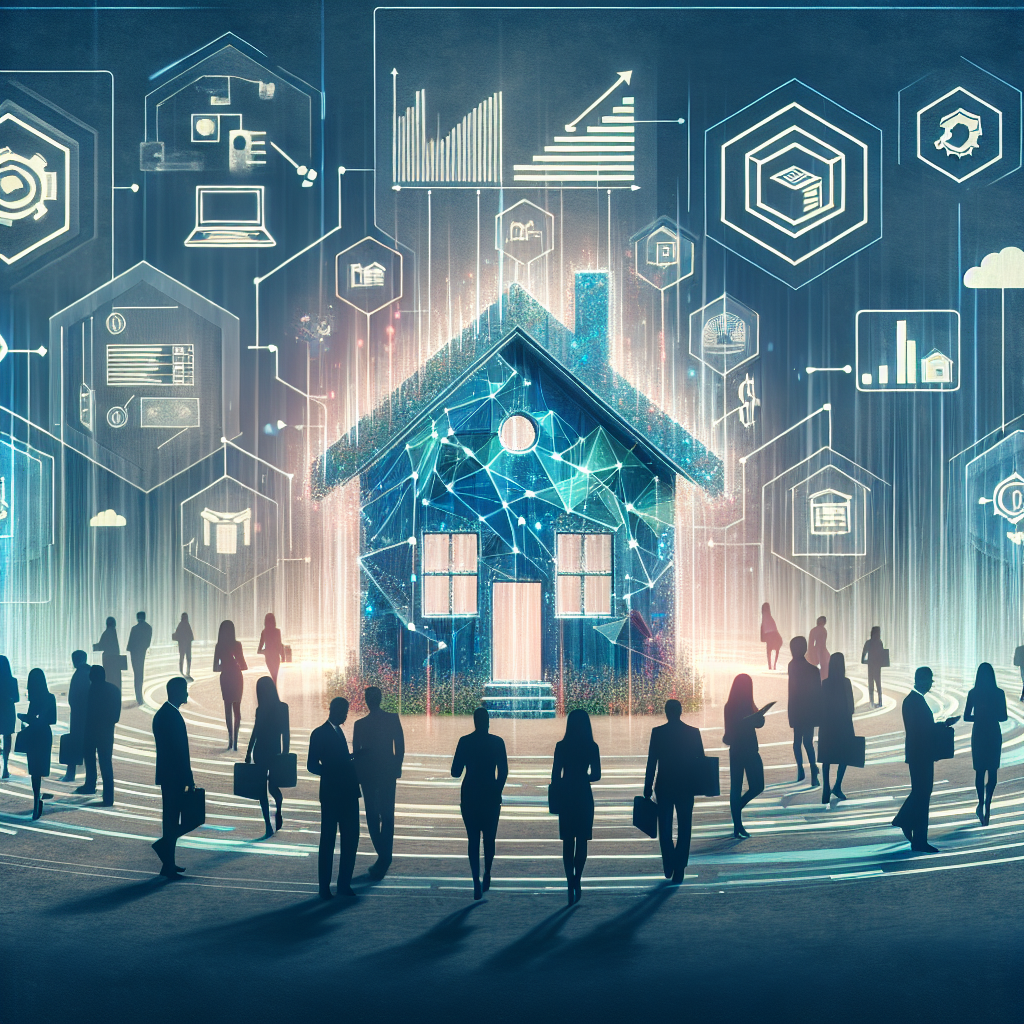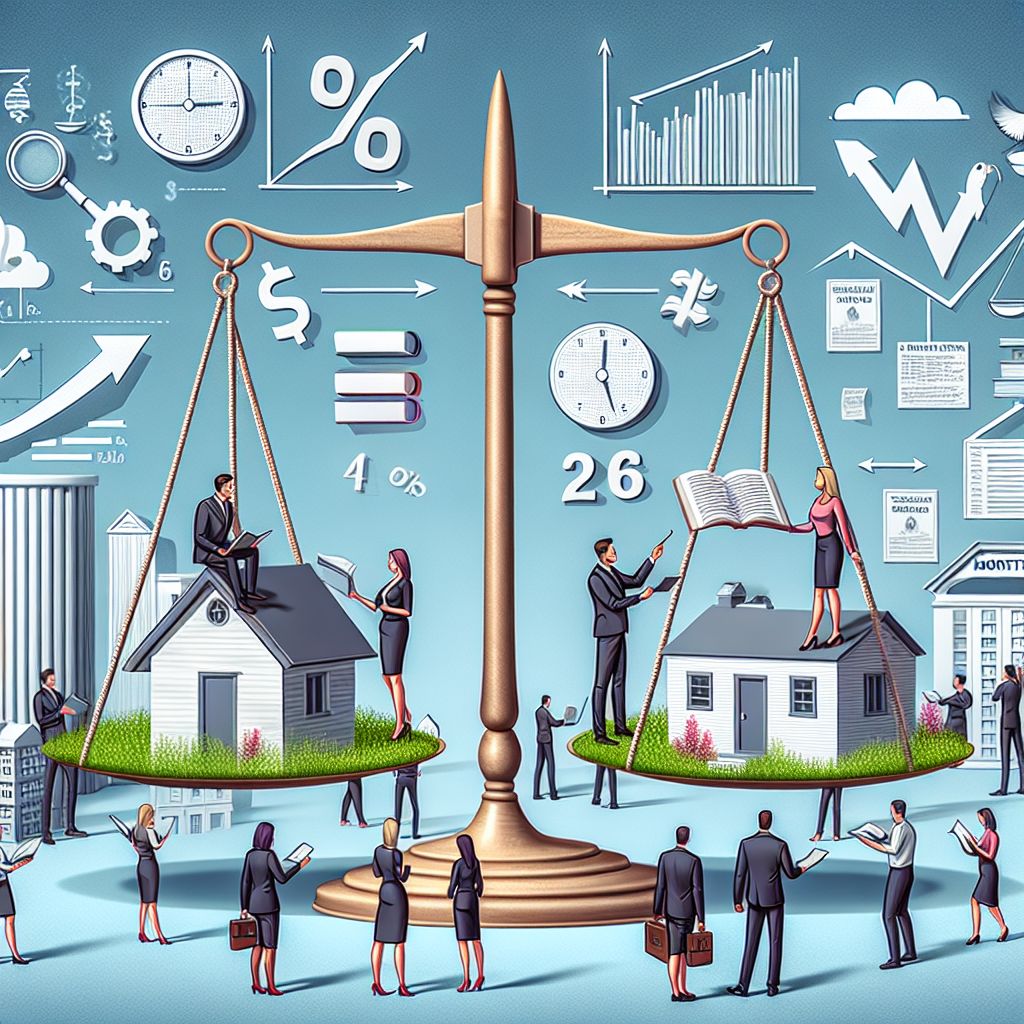Rising rates have all but eliminated the incentive to refinance a mortgage.
That’s because of the continued effect of rising interest rates on refinance candidates, or homeowners with mortgages who would realize a minimum of 0.75 percent rate reduction from a refinance, according to Mortgage Report Monitor from the data and analytics division of Black Knight Inc.
"Due to rising rates, some 6.5 million homeowners that previously could have benefited from refinancing their mortgages have missed that opportunity," said Ben Graboske, executive vice president of Black Knight's Data and Analytics division. "On average, these homeowners had a 22-month window to refinance. All told, that amounts to an aggregate of $1.5 billion in lost savings every month for these borrowers.
The following provides the statistical underpinnings for that trend are the following:
- After flattening through most of the summer, the 30-year fixed interest rate has climbed 0.35 percent over the past two months, and is now up 0.85 percent year-to-date.
- Just 1.86 million mortgage holders have an interest rate incentive to refinance, a 56 percent decrease from January.
- An estimated 6.5 million homeowners have now missed their opportunity to refinance their mortgages due to rising rates, for an aggregate of $1.5 billion in missed savings per month.
- Interest rates continue to put pressure on home affordability as well, with the monthly principal and interest payment on the average-priced home rising 18 percent so far in 2018.
- At the national level, it now takes 23.6 percent of median income to make the monthly payment on the average-priced home, as compared to the long-term benchmark (1995-2003) of 25.1 percent.
- Even if home prices were to stay flat, another 0.50 percent increase in interest rates would make homes less affordable at the national level than those long-term norms.
- 10 states are already less affordable than their respective long-term norms, with another six within one percent of those benchmarks.
This year alone, 2.2 million borrowers had the opportunity to see a 0.75 percent reduction on their first mortgage rates but did not take advantage of the reduced rates before increases to the 30-year fixed rate removed their incentive.
In 2018, the average 30-year fixed mortgage rate is up 0.85 percent--with 0.35 percent of that rise coming over the last two months after remaining flat for much of the summer. The result is that the refinance population has been cut by more than half--56 percent--since the start of the year.
And, the financial prowess to afford a home has moved beyond the grasp of more borrowers since January.
It now takes 23.6 percent of the median income to make monthly payments on the average-priced home, making housing the least affordable it's been in nearly a decade.
"The rise in interest rates continues to impact home affordability as well,” said Graboske. “The monthly principal and interest payment needed to purchase the average-priced home has seen a $190 per month increase since the beginning of 2018, an 18 percent jump.”








